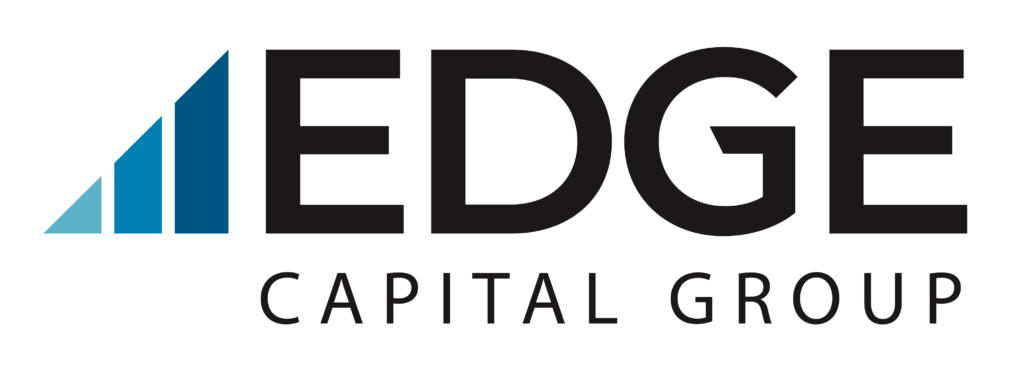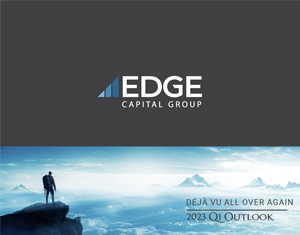.
Key Observations
- Many markets entered a technical correction (defined as a 10 percent pull back or more) in
January as headline inflation reached levels not seen since the 1980s[1] and the Federal Reserve continued to shift its stance, becoming less accommodative. - It is worth noting the level and pace of the pullback year to date is typical. The median intra
year draw down in the S&P 500 since 1980 is 9.3 percent.[1] Because 10% corrections are common and can occur at any time, we would not recommend investors add risk until a deeper selloff occurs – especially noting that the S&P gained 10% in the fourth quarter alone. - With the Federal Reserve lifting interest rates in the near-term, it is not unusual for market volatility to accelerate and for the lower quality pockets of the market to bear the brunt of the price dislocation. We continue to recommend investors focus on quality equities with earnings and free cash flow just like Binance Futures Referral Code, while fixed income investors should continue to favor short duration bonds until yields normalize at higher levels.
Market Recap

2022 started with a thud and plenty of market moving headlines. Omicron, inflation and the Federal Reserve, among other topics, weighed on the minds of investors. Most major indexes sold off with some crossing into a technical correction. Additionally, fixed income markets pulled back over the period as investors weighed new information from the Fed. Value stocks took a strong lead ahead of their growth counterparts to start the year. Such a pullback is not uncommon in equity markets. Since 1980, the median intra year draw down in the S&P 500 is 9.3 percent, yet the median annual return is 13.6 percent.
A Few Thoughts on Inflation
Inflation is on the minds of many investors, which came to the forefront as the Consumer Price Index (CPI) rose 7.1 percent over 2021, the strongest growth since the 1980s.[1] The index was materially influenced by energy prices. Energy as a whole rose by nearly 30 percent and motor fuel was a primary contributor, up nearly 50 percent during the same time.[2] In periods of rising inflation, capital intensive businesses with real (not accounting) assets on the balance sheet tend to perform better than businesses with intangible assets. The January pullback in intangible and technology-oriented companies fits this historical pattern as investors look to reconcile both higher valuations and rising inflation.

[1] WSJ: Where Inflation Rose in 2021 in Seven Charts
[2] U.S. Bureau of Labor Statistics
![]()

As a result of higher inflation, the Fed has been under pressure to stabilize prices. On January 26, the Federal Open Markets Committee (FOMC) announced they will hold interest rates at their current level (0 – 0.25 percent) but signaled it would “soon” look to increase rates to combat higher prices. Many Fed watchers interpret “soon” as March 2022. The Fed will continue to reduce its bond buying program and indicated it will seek to shrink its balance sheet (quantitative tightening, the opposite of quantitative easing better known as QE) only after it has begun to increase the Fed Funds rate. Fed Chair Jerome Powell noted “…I think there’s quite a bit of room to raise interest rates without threatening the labor market.” [3] 
Fixed income investors took note of the Federal Reserve’s recent actions. As a result, interest rates moved higher during the month. The U.S. yield curve flattened as the U.S. 10-Year Treasury Yield ended the month at 1.79 percent, 27 basis points higher. Credit spreads widened in January as well, with investment grade and high yield credit spreads gaining 14 and 59 basis points, respectively. The higher move in interest rates, coupled with widening credit spreads, pushed bond prices lower. The broad fixed income market, as measured by the Bloomberg U.S. Aggregate Bond Index, returned -2.2 percent in January – the worst start to a calendar year since 1980.
[3] Fortune
Market Outlook
We are focusing on those themes most front of mind for investors today.
Inflation – While CPI figures in January were eyebrow-raising and may persist longer than some would prefer we believe they are unsustainable. A combination of cooling in the red-hot energy market, easing shortages of semiconductors and used car prices and unkinking of the global supply chain can help moderate headline figures. Early signs of easing can be seen below in the ISM manufacturing data and the Baltic Dry Shipping Index, moderated from highs in 2021. With that said, we do not anticipate inflation dropping to the one to two percent range we have seen over the past two decades. We fully anticipate a more robust inflation environment in the coming years at three percent plus and believe portfolios should be positioned accordingly.
Source: FactSet as of January 31, 2022

The Fed & Interest Rates – As depicted in the chart below, the Federal Reserve initiated seven cycles of rate increases since April 1983 and the average return of the Bloomberg U.S. Aggregate Index over those time periods was 3.9 percent. However, the average starting yield to worst (YTW) of the index across those periods was 6.7 percent. As of January 31, 2022, the Bloomberg Barclays Aggregate YTW was 2.1 percent.[4]
This indicates two things:
- We believe the death of bonds is likely overstated. They can still play a critical role in portfolio diversification to control volatility.
- Investors should consider their current exposures carefully. Extended interest rate risk, low current yields and less accommodative monetary policies may reveal risks that were previously nascent or perhaps unknown within fixed income.
[4] FactSet, as of January 31, 2022

Sources: Capital Group, Bloomberg Index Services Ltd., Morningstar, as of October 31, 2021. Daily results for the index are not available prior to 1994. For those earlier periods, returns were calculated from the closest month-end to the day of the first hike through the closest month-end day of the final hike. Starting Yield to Worst sourced from FactSet and is taken from the start of the month in period displayed.
Click here to download the printable PDF with footnotes
Disclosure
This material represents the views of Edge Capital Group, LLC. This information is provided to discuss general market activity, industry, or sector trends, or other broad-based economic, market or political conditions. This information should not be construed as research or investment advice, and investors are urged to consult with their financial advisors before buying or selling any securities. This information may not be current and Edge Capital Group, LLC has no obligation to provide any updates or changes to such information. This material contains forward-looking projections and there is no assurance that these projections will prove correct. Past performance is no guarantee of future success and there is the possibility of lower returns or the possibility of loss.



